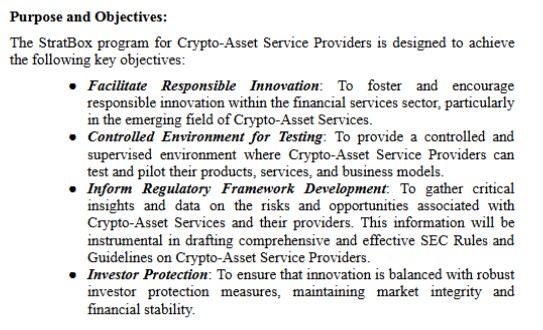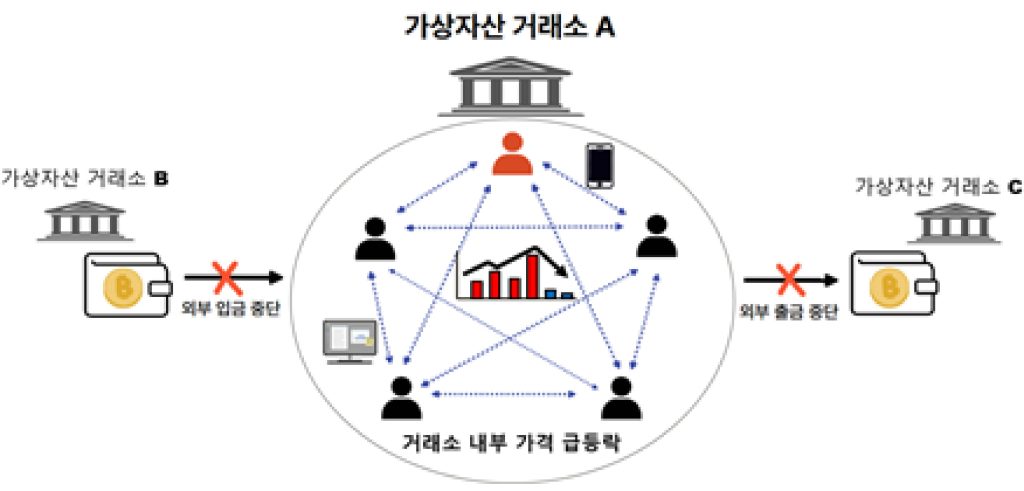|
|
Crypto’s university grooming rumors echo China’s “naked loan” scandal
Major cryptocurrency exchanges are under fire over allegations that they gave leveraged platform-locked funds to university students in China to encourage speculative trading. The controversy has drawn comparisons to the country’s campus lending scandal nearly a decade ago, when students burdened with debt were offered exploitative “naked loans” in exchange for nude pictures as collateral.
Bruce Xu, co-founder of ETHPanda, claimed that centralized exchanges were giving students non-withdrawable trial funds for futures trading. Profits could be kept, and students who posted high-return screenshots on WeChat were reportedly offered additional rewards. Xu called the model a way of grooming the next generation of gambling degens.
Crypto media outlet BlockBeats called on all exchanges to halt any trial fund promotions targeting students, describing the campaigns as exploitative of a financially inexperienced demographic.

While many speculated that Bitget was involved due to its February campus ambassador program, Xie Jiayin (Smith Tse), the exchange’s head of Asia, said the initiative focused on Web3 education and career support, not trading. He denied Bitget ever distributed trial funds to students and said the program was taken offline within 16 hours due to public misunderstanding.
One X user accused Bybit of visiting universities and distributing trial funds. CEO Ben Zhou dismissed the claims, asking for proof and criticizing the spread of unsubstantiated rumors in the crypto space.
BlockBeats compared the uproar to a fintech scandal in China around a decade ago involving Qufenqi. Founded in 2014, the company offered installment loans to students for electronics and other goods, allowing them to make monthly payments with nothing more than a student ID. The company physically visited college campuses with booths and flyers to push its product.
The platform was soon mired in controversy due to hidden fees and debt traps that left students borrowing from one platform to repay another. Local media investigations uncovered a much darker side of campus loans, as some students turned to black-market lenders to pay off their debt. Desperate college students resorted to what’s known as naked loans, where female students were asked to provide nude photos or videos as collateral, with the threat of public exposure if they failed to repay. Some fell into irreversible debt spirals and repaid their debt with sexual favors. In the most tragic cases, some were driven to suicide.
Firms offering campus loans shut down following a regulatory crackdown in 2016 and 2017. Qufenqi ditched its campus lending model and rebranded as Qudain and listed on the Nasdaq. But its negative image has damaged its reputation, and its stocks are down more than 90% from their peak.
Nine Chinese scammers pretending to be Indian women defraud 67,000 Indian men
A court in eastern China’s Shandong Province has handed down prison terms up to over 14 years to nine telecom fraudsters who defrauded 66,800 Indian men by pretending to be successful Indian women, according to state-run newspaper Legal Daily.
The fraud ring reportedly swindled 517 million rupees (over $6 million) from June 2023 to January 2024 in a pig-butchering-style scheme, using translation tools and chat apps to lure victims.

The ringleader, identified by the surname He, confessed to receiving investments in Indian rupees and converting the proceeds into USDT, which were then laundered into Chinese yuan through third-party payment services.
To make their personas more convincing, the group used glamorous lifestyle photos, like fitness selfies, travel shots and other curated images, to pose as emotionally vulnerable but financially successful Indian women. They geolocated their social media profiles to Indian cities and created a fake company to gain victims’ trust.
This isn’t the first time Chinese scammers impersonated wealthy foreign women to target men overseas. According to the Chenzhou Internet Police, two suspects were busted in March 2024 for using translation apps to defraud Turkish men through a fake online shopping and rebate scheme, posing as rich Malaysian women. They were supported by a team of more than 10 staff members and worked during Turkish business hours, or from 3 pm to 1 am local time.
The police quoted a staffer known as “Xiao A” saying: “I played the character Lisa, a 31-year-old Malaysian-Chinese woman, divorced, sweet-looking, long hair, about 170 cm tall. She was a fashion designer with her own boutique in Malaysia and an Amazon storefront. She had her own house and car.”
All employees posed as divorced women in their early 30s with stable financial backgrounds. The company provided a scripted four-day engagement plan to guide conversations with targets.
Philippines SEC kicks off crypto sandbox to shape future regulation
The Philippines Securities and Exchange Commission (SEC) has opened applications for its new Strategic Sandbox (StratBox) program, targeting crypto service providers looking to test products under supervision.
The SEC said in a press release that the StratBox will offer a controlled environment where eligible entities can pilot crypto-related products, services and business models. The data gathered through the sandbox is expected to inform the eventual drafting of regulations for the country’s digital asset sector. Though focused on crypto firms, the program is also open to startups working on non-crypto financial innovations.

The sandbox launch comes amid growing crypto and stablecoin activity in the Philippines. Circle, the issuer of USDC, recently partnered with GCash, the country’s most widely used digital wallet, to integrate USDC for its nearly 100 million users.
The GCash integration is particularly noteworthy as the company eyes a potential public listing. In February, Globe Telecom CEO Ernest Cu confirmed that an IPO for GCash remains under consideration, though no timeline has been set.
How South Koreans pump crypto prices tenfold
South Korean financial regulators have referred a group of individuals suspected of manipulating crypto prices to prosecutors while uncovering two new tactics.
In a joint statement on April 16, the Financial Services Commission and Financial Supervisory Service said the tactics exploit core features of the crypto market, like 24/7 trading and multi-exchange listings, to artificially inflate prices of certain tokens.
The first, dubbed the “racehorse at X hour” method, involves front-running major purchases just before or after an exchange resets daily price change percentages. Depending on the platform, local exchanges often reset at midnight, 9 am, or 11 am. Suspects manipulated pumped token prices by accumulating large quantities of a cryptocurrency and then flooded the market with rapid-fire buy orders as fast as two per second over a 20- to 30-minute window, creating the illusion of buying momentum and luring in retail investors.

The second method, known locally as “cage pumping,” takes advantage of situations where deposits or withdrawals of a token are suspended due to investment warnings. This cuts off arbitrage opportunities and constrains liquidity, allowing the bad actors to execute manipulative trades to drive up prices on a single exchange. The surges then create a false sense of demand, enticing other traders to buy in before prices eventually collapse.

“During manipulation periods, affected tokens surged as much as tenfold on a single exchange compared to others, only to crash back down once the activity ended,” regulators said, urging retail investors to be cautious of sharp price movements.
Such market manipulation is a violation under local crypto regulations, carrying criminal penalties of at least a year in prison or fines ranging from three to five times the illicit profit.


Yohan Yun
BTC hits $100K, Trump taps Paul Atkins for SEC chair, and more: Hodler’s Digest, Dec. 1 – 7
This week Bitcoin reached $100,000 for the first time ever, Trump nominates pro-crypto Paul Atkins to replace Gary Gensler: Hodler’s Digest
Read moreHome loans using crypto as collateral: Do the risks outweigh the reward?
You can use crypto as collateral to get a home loan — but as one Bitcoin OG found out, it’s super risky and you can lose the lot.
Read moreBitcoin to suffer if it can’t catch gold, XRP bulls back in the fight: Trade Secrets


